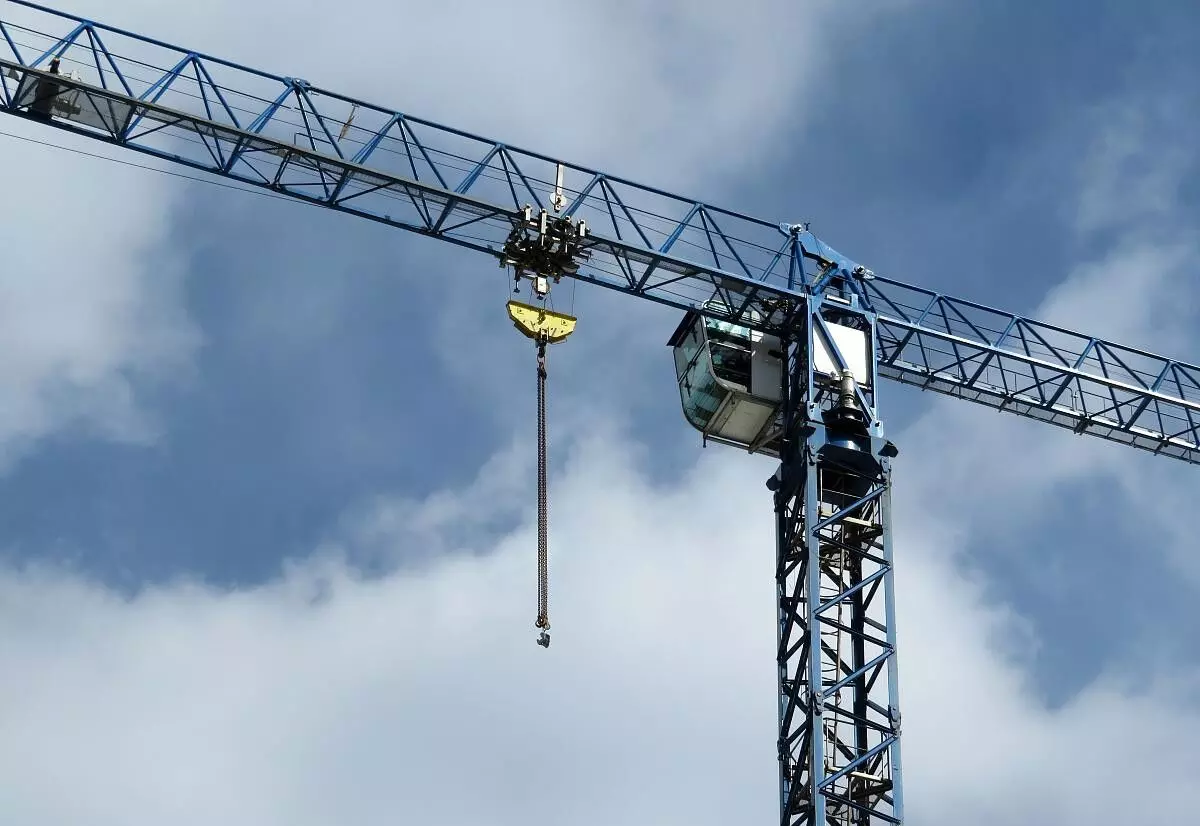Selection and Operational Standards for Lifting Machinery in Civil Engineering
image for illustrative purpose

Lifting machinery plays a crucial role in civil engineering, contributing significantly to construction, bridge building, and other infrastructure projects. Proper selection and operation of lifting machinery are essential to ensure smooth project execution. This article discusses the selection criteria and operational standards for lifting machinery in civil engineering to enhance construction safety and quality.
I. Selecting the Right Crane
The first step in using lifting machinery in civil engineering is selecting the appropriate type of equipment. Several factors should be considered:
1. Choosing the Appropriate Type
Based on project requirements, selecting the right type of lifting machinery is essential. Common types include tower cranes, bridge cranes, and mobile cranes, each suited for different construction scenarios. The choice should be tailored to the specific needs of the project.
2. Considering Project Scale and Load Capacity
The lifting capacity should be selected according to the maximum weight and lifting radius required by the project. A crane that is too small may fail to meet operational demands, while an oversized crane could increase costs and create additional challenges.
3. Assessing Terrain and Environmental Conditions
The project site’s terrain and environmental conditions must also be considered. For complex or confined construction sites, maneuverable lifting machinery is preferable. Additionally, weather conditions should be evaluated to ensure crane stability and operational safety.
II. Operational Standards
Once the appropriate lifting machinery has been selected, adhering to proper operational standards is critical for ensuring safety and efficiency. Key guidelines include:
1. Pre-Operation Inspection
Before use, all components of the lifting machinery must be thoroughly inspected to confirm they are in proper working condition. Special attention should be given to critical parts such as crane hooks, steel cables, and booms. Any damage or irregularities must be addressed immediately through repairs or replacements.
2. Certified and Trained Operators
Crane operation is a high-risk task that requires professional training and certification. Only trained personnel with the necessary qualifications should be permitted to operate lifting machinery. Operators must be familiar with the working principles, safety procedures, and emergency protocols to prevent accidents.
3. Strict Adherence to Safety Procedures
During operation, all safety protocols must be strictly followed. Key precautions include maintaining stability, avoiding overloading, and ensuring that lifted materials are securely fastened. Additionally, coordination between the crane operator, site workers, and other machinery is essential for smooth and safe project execution.
4. Signal Personnel for Large Cranes
For large-scale lifting operations, dedicated signal personnel should be assigned to communicate with crane operators. These personnel must be well-versed in standard hand signals and operational guidelines to ensure precise and safe crane movements.
5. Safety Signage and Protective Measures
Construction sites must display clear safety warning signs around crane operation areas to prevent unauthorized personnel from entering hazardous zones. Additional protective measures, such as safety nets and fall prevention systems, should be implemented to minimize risks during construction.
Conclusion
Proper selection and operation of lifting machinery are fundamental to ensuring safety and quality in civil engineering projects. By choosing suitable equipment and following standardized operational procedures, construction efficiency and safety can be maximized. Additionally, continuous training and supervision of crane operators are necessary to enhance safety awareness and competency, ensuring successful project completion.

